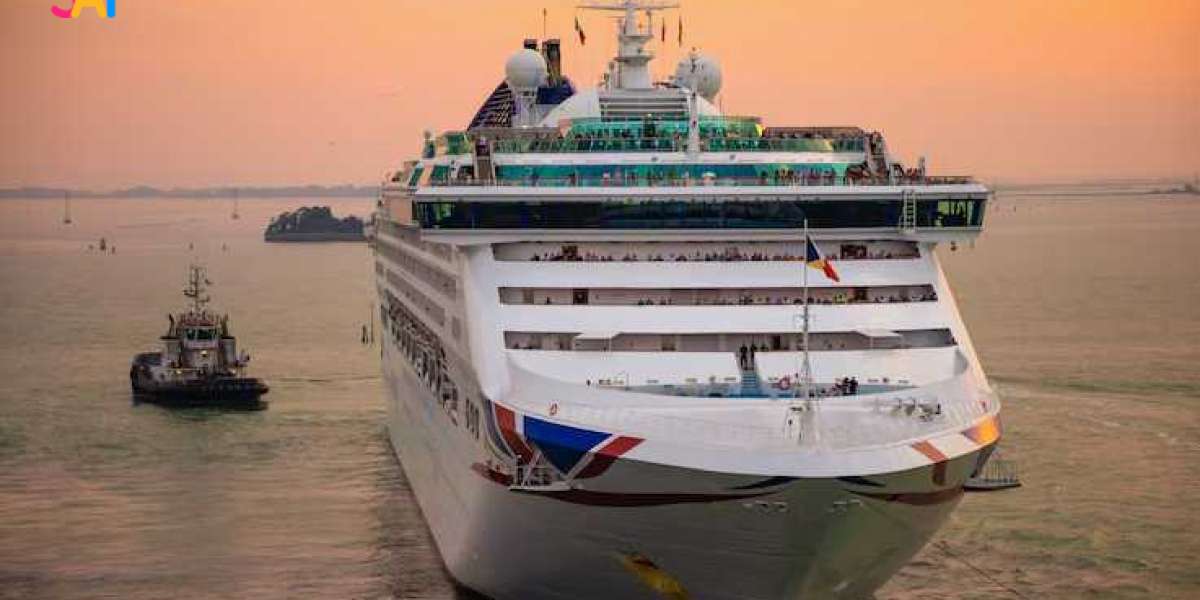Cruise ship tracking has emerged as a vital component in the maritime industry, providing a plethora of benefits ranging from enhanced safety and security to improved passenger experiences. Utilizing advanced technologies, tracking systems allow for real-time monitoring of cruise ships, ensuring that vessels remain on course and that potential issues are swiftly addressed. This article delves into the importance, mechanisms, and benefits of cruise ship tracking.
Importance of Cruise Ship Tracking
Safety and Security: One of the primary reasons for tracking cruise ships is to ensure the safety and security of both passengers and crew. By continuously monitoring the location and movement of ships, maritime authorities can respond promptly to emergencies, such as adverse weather conditions, mechanical failures, or medical emergencies. This real-time tracking capability is crucial for coordinating search and rescue operations and ensuring timely assistance.
Operational Efficiency: Cruise ship operators rely on tracking systems to optimize routes, reduce fuel consumption, and enhance overall operational efficiency. By analyzing real-time data, operators can make informed decisions that lead to cost savings and reduced environmental impact. Efficient route planning also ensures that ships arrive at ports on schedule, which is essential for maintaining tight itineraries and minimizing delays.
Regulatory Compliance: International maritime regulations, such as those set by the International Maritime Organization (IMO), require ships to be equipped with Automatic Identification Systems (AIS) for tracking purposes. Compliance with these regulations is essential for maintaining safety standards and avoiding penalties. AIS data also aids in collision avoidance by providing information about the position, speed, and heading of nearby vessels.
Mechanisms of Cruise Ship Tracking
Cruise ship tracking systems leverage various technologies to provide accurate and up-to-date information:
Automatic Identification Systems (AIS): AIS is a widely used tracking technology that transmits a ship's location, speed, and other relevant data to nearby vessels and shore stations. AIS signals are received via satellite or terrestrial networks, enabling comprehensive coverage even in remote areas.
Global Positioning System (GPS): GPS technology is integral to cruise ship tracking, providing precise location data that is essential for navigation and route planning. GPS receivers on board ships communicate with satellites to determine the ship's position with high accuracy.
Satellite Tracking: For areas beyond the range of terrestrial AIS receivers, satellite-based tracking systems provide continuous coverage. These systems use satellite communication to relay AIS data, ensuring that ships are tracked even in the open ocean.
Marine Traffic Websites and Apps: Platforms like MarineTraffic and VesselFinder aggregate AIS data and present it in a user-friendly interface, allowing anyone to track the movement of cruise ships in real time. These tools are valuable for industry professionals, port authorities, and enthusiasts alike.
Benefits of Cruise Ship Tracking
Enhanced Passenger Experience: Real-time tracking contributes to a better passenger experience by ensuring smoother journeys and timely arrivals. Passengers can also use tracking apps to stay informed about the ship's progress and upcoming destinations.
Environmental Monitoring: Tracking systems help monitor environmental factors such as sea conditions and weather patterns. This information is crucial for minimizing the environmental impact of cruise ships and adhering to environmental regulations.
Crisis Management: In the event of an emergency, such as a natural disaster or a security threat, tracking systems provide essential data that aids in crisis management and coordination with emergency services.
Transparency and Accountability: Cruise ship tracking promotes transparency and accountability within the maritime industry. Stakeholders, including passengers, regulatory bodies, and environmental organizations, can access tracking data to ensure compliance with safety and environmental standards.
Conclusion
Cruise ship tracking represents a significant advancement in maritime technology, providing critical benefits that enhance safety, operational efficiency, and passenger satisfaction. As the maritime industry continues to evolve, the adoption and integration of sophisticated tracking systems will remain essential for ensuring the smooth and safe operation of cruise ships worldwide. By embracing these technologies, the industry not only improves its service offerings but also upholds its commitment to safety, sustainability, and excellence.




